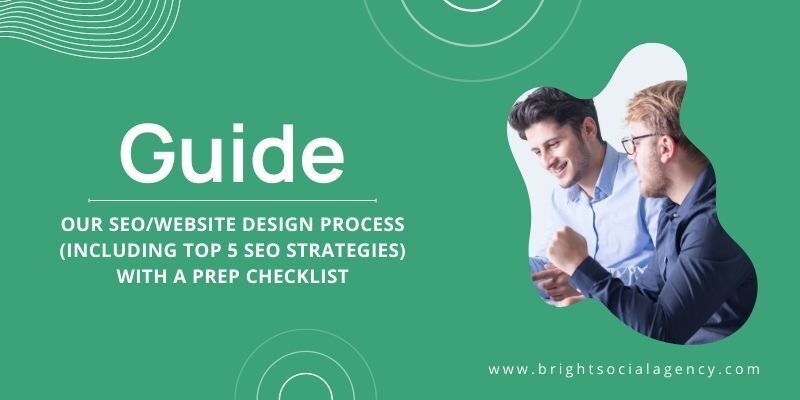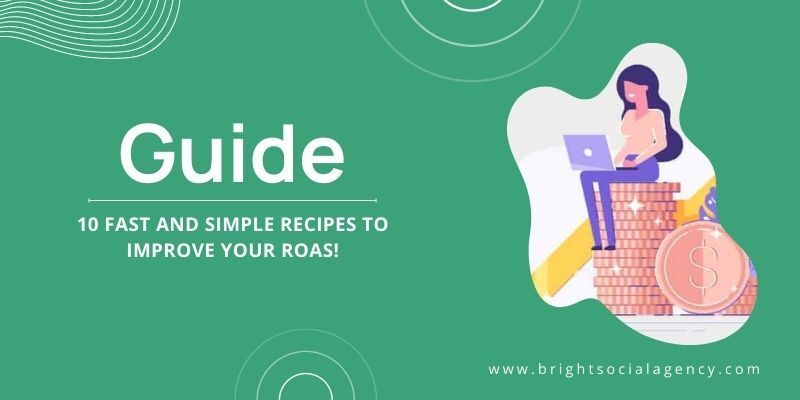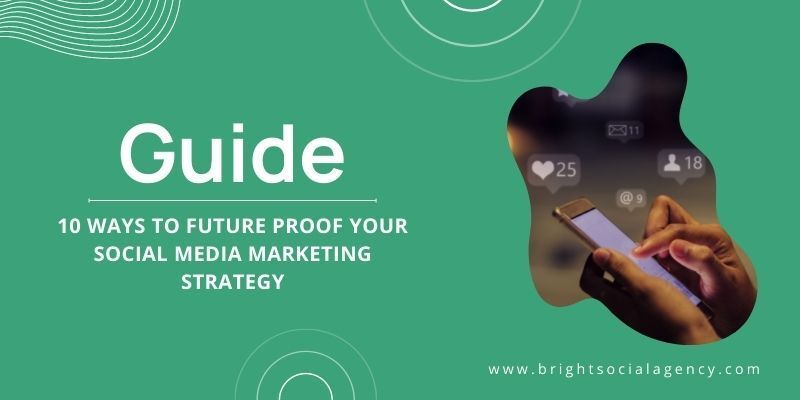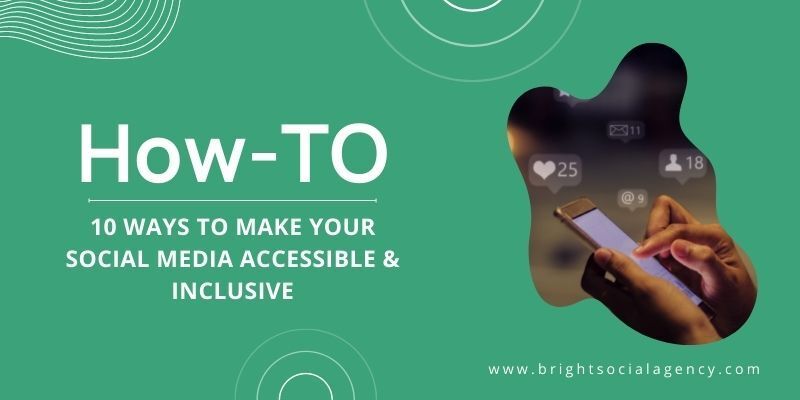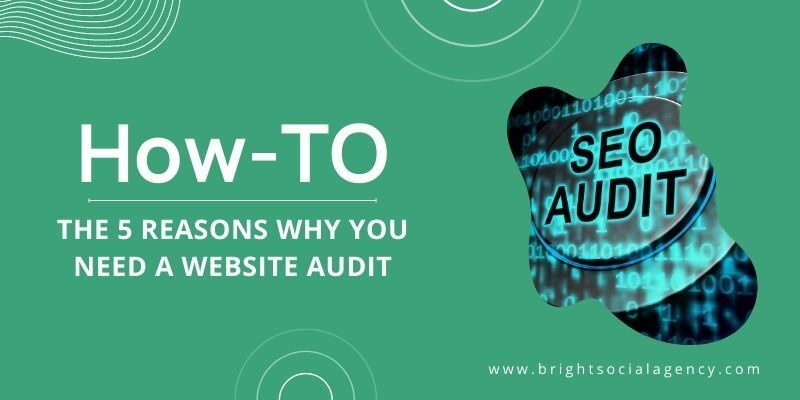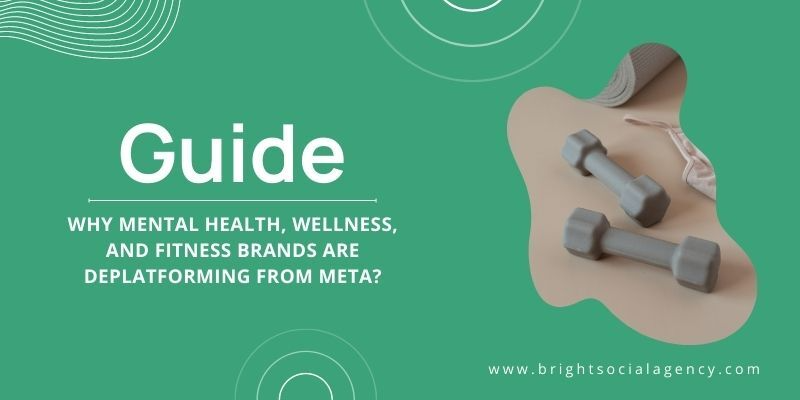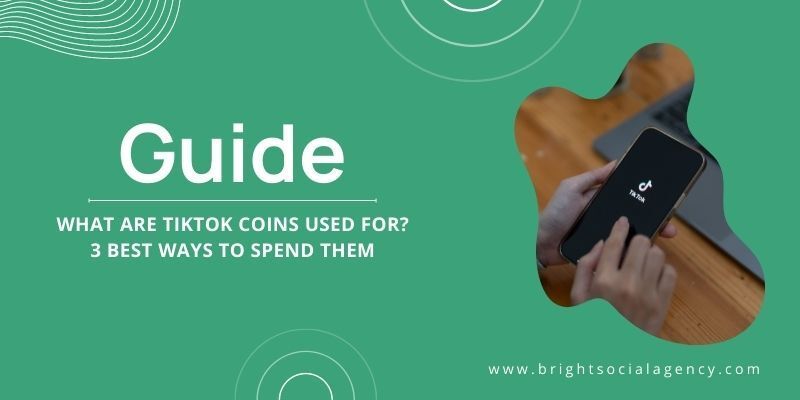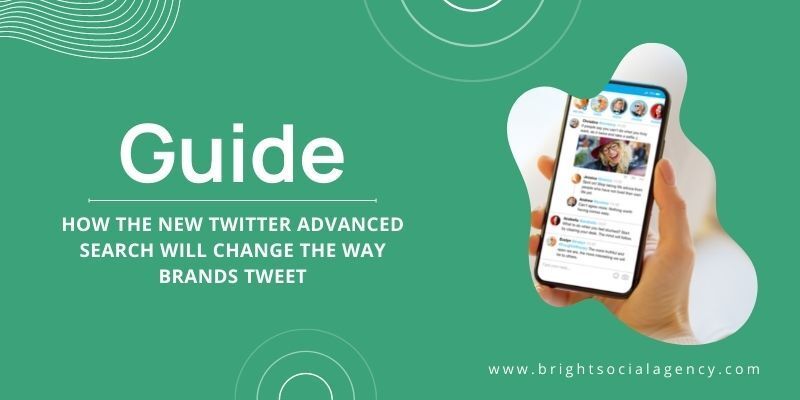7 Ways to Create Converting Content Like A PRO
Content is king. And a lot of business owners have heard that phrase and think it's a cliché. But the truth is that if you can create great content, people will keep coming back to your website, engage with your brand, and buy your products. So how do you create this kind of engaging content?
In this post, we'll talk about seven ways to create converting content using audience research, data, headlines, and calls-to-action (CTAs).
Why Is Content So Important For Conversions?

Content is a powerful tool for conversion. It adds value to the user experience and helps people solve their problems. When done right, content can increase conversions by up to 200%.
Content isn't just for SEO purposes, although it does help with SEO (and that's why we'll discuss it at length). Content is what makes your brand memorable, engaging, and interesting. It helps drive traffic from social media and other sources to your website, which helps increase conversions.
There are several reasons why content is so important for conversions.
- Content Is King: In a world with so much information, it is extremely important to have content that stands out from the rest. The more engaging and helpful your information is, the more likely you are to convert visitors into customers.
- Content Is The Best Way To Build Trust: If you provide useful information, your website visitors will trust you more. This will help them feel more confident in purchasing from your site since they know that you care about providing value for their needs rather than just trying to get them to buy something.
- Content Can Help Build An Image: Content can build an image for your company or brand. You can show what makes you unique and different from other companies in your industry. This helps build trust because it shows that you know what people want from a business like yours and how they expect things to be done. It also helps build credibility within an industry by showing off awards or recognition that others have given you regarding your product or service offerings.
- Content Can Tell Your Story: Content can tell your story as a company and tell visitors why they should purchase from you over any other company in your field of expertise.
Content is critical in helping businesses get found online and convert visitors into customers. Even if you have an amazing product or service, you'll struggle to convince potential customers that your brand is worthy of their attention without good content.
The good news is that creating great content doesn't have to be difficult or expensive. With the
right tools and processes in place, anyone can create compelling content that drives results for their business.
1. Start With Audience Research - Define The Audience Personas that the Content Should be in front of

It's important to define the 3-5 audience personas the content should convert. Start by defining their age, job, likes/dislikes, and interests (which social platforms they use). Then create a customized, personalized experience for each audience persona through web development.
Decide which types of content (images, videos, infographics, etc.) the audience persona responds to and test via A/B ad testing with a minimum $100 budget for one week.
2. Define The Goals/KPIs & Use Data to Adjust Strategy

The next tip is to define the goals/KPIs of your content strategy. To do this, you need to understand what your business is trying to achieve and what actions it wants people to take after reading or watching your content. You should also consider how much work it will take for a potential client to get in touch with you and how many sales leads you expect each piece of content to generate over its lifetime (e.g., monthly).
Once these factors are established, it's time for some data! Use analytics programs like Google Analytics or HubSpot's marketing software platform to regularly track each piece of published material (in terms of traffic source and conversions). This collected information will help inform future decisions about what type of content needs to be created most frequently—and, by extension, where resources should be allocated towards promoting them during their lifecycle.
3. Find & Reuse Content Ideas that Have Conversion Proof: Checklists, Case Studies, White Papers, etc

Reuse is the new recycle. Reuse is a great way to reduce the amount of content you need to create. This is especially important if you're in a B2B business, where people are more likely to read and use what you write than if you were selling something like fashion.
The goal of reuse is to find content that has already been written, where there is proof that it works (conversion proof). This can be in the form of checklists, case studies, customer feedback, or even testimonials (which are fairly easy to collect).
This is the best time you can have when it comes to content creation – there are so many proven ideas out there to repurpose into your own work. This is a perfect place to start when looking at what's working in your industry and how you can translate that into something creative and unique for your business.
Content ideas that have conversion proof include:
- Checklists: These have been proven time and again as an effective tool for converting traffic into leads, customers, or sales. You can use checklists as a way to provide information that helps users reach their goals faster and more efficiently.
- Case studies: In addition to providing useful information about how other people have solved their problems with your product/service, case studies also show how your company has helped others achieve success. This makes it easier for prospects to see themselves benefiting from your solution as well.
- White Papers: White papers are one of the best content ideas for lead generation. The reason is that they are not only useful but also persuasive. When you provide your readers with a white paper, you help them solve a problem and then ask them to fill out a form to get more information about your product or service. This way, you can build trust and make them believe you can solve their problems.
- Infographics: Infographics are another great way to increase conversions and grow your business. They are short and easy to read, so they do not take long for people to consume them. Infographics can be used on social media platforms like Facebook, Instagram, or Pinterest to boost engagement rates as well as traffic.
4. Write Compelling Headlines and Calls to Action

If you're like most marketers, your content strategy is probably built on a foundation of blog posts. Blog posts are great—they allow you to communicate with your audience in an informal way and take the time to explain things in detail. But if you want the best results from your content marketing efforts, it's important to remember that people don't make their buying decisions based solely on what they read online.
Instead, they make them based on how compelling their experience was while consuming that content. This means that creating
compelling headlines
and
calls-to-action (CTAs) is key to creating conversions from your blog posts and other webpages.
5. Write Conversationally and with Emotion

Writing conversationally and with emotion makes you seem more human, which is good. It also makes your writing more engaging. This can help you make your writing more memorable and by helping readers connect more deeply with the content.
Writing conversationally is one of the best ways to create content that converts:
- Write in a conversational tone: Your writing should sound like you're talking to your readers, not lecturing them.
- Use emotion: Don't just write facts and figures; use emotion to connect with your audience on a deeper level and make them care about what you're saying more than they might if it were just another boring article that they read without thinking much about it (you know who we're talking about).
- Use short sentences and paragraphs: Long sentences and paragraphs can be hard for readers to understand because they require more attention from the reader—so don't bog down your writing with overly complex sentence structure or paragraphs that go on for pages at a time! Instead, try using shorter sentences with simple language that gives readers quick insights into what they need when they need them most! This will help keep people engaged while also making their lives easier so they can finish their tasks more quickly without getting bogged down by details later on.
6. Optimize The Layout Of A Landing Page: Keywords, Font Formatting, Focus on Clarity, Be Concise

Optimize the layout like you would a landing page: keywords, font formatting, focus on clarity, and be concise.
- Use keywords in the title and body of the content. You should almost always include a keyword or phrase in your title tag; that should be where most of your keywords go to help SEO (search engine optimization).
- Make sure it's easy to read by using bullet points when appropriate and ensuring everything is written in short sentences with only one idea per paragraph!
- Use a font face and size that is easy on eyesight (this can depend on who's reading it), use different styles within paragraphs, so people don't get bored looking at their screen too long; make sure there are visual elements throughout the piece so readers can break up large blocks of text with something interesting like an image or diagram."
7. Original Graphics: Charts & Graphs, Screen Shots, Images, Infographics, & Videos

Original graphics can be an effective way to grab the attention of your reader and get them to click through to your website. For example, if you are selling a new type of chair, you might use a graphic of a person sitting in the chair. Or if you are selling a piece of software that helps people build websites, you could use a graphic showing a website builder interface.
Use photos when possible instead of text whenever it makes sense. You could include photos in your blog posts but also include video or images in your email newsletters as well.
The best types of graphics include charts and graphs that show data points and trends; infographics (charts and graphs made into one image); screen shots (photos taken from computers or mobile devices); and videos embedded within blog posts or emails.
Scoring Your Content
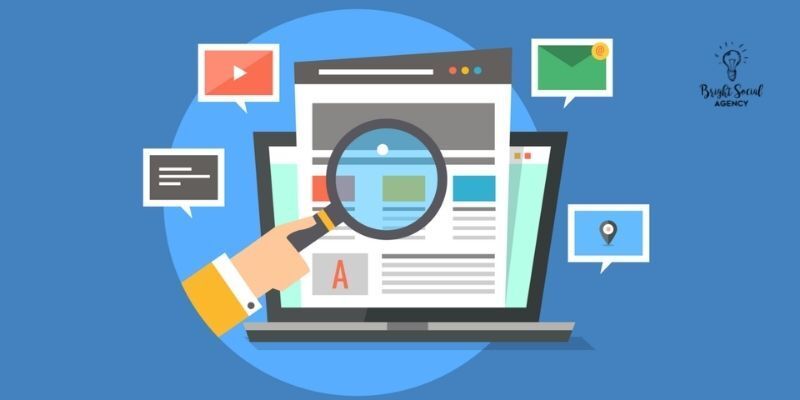
To improve the performance of your content, you should A/B test it and find out what works best. This will help you measure your progress and adjust your content strategy if needed. Here's how to tell if your content is performing well:
- Define the evaluation metrics.
Some people measure success by the number of page views and clickthrough rates they receive, while others are more concerned with the number of social media impressions and shares. When choosing an engagement metric, make sure the metric you choose has a significant impact on your content and conversions.
- Launch a content marketing campaign.
Now that you know which metrics to use, it's time to create a campaign whose success can be measured easily. Find a content form that performs well with your target audience and stick with it.
- Analyze the content performance of the metrics defined earlier.
Monitoring the performance of your metrics helps you figure out whether your marketing campaigns are successful or not. If you're creating a social media post, assess the number of likes, shares, and reposts before investing more time or money into the campaign.
- Cut what doesn't work and double down on what works.
Once you have all the insights you need, it's time to analyze what you should eliminate and what should be multiplied. If a blog or social media post isn't performing as expected, consider making some changes to it before you give up on it entirely.
- Replicate the process regularly.
It is important for your content to evolve and adapt. If you want to stay relevant and keep gaining new customers or clients, you must always find new ways to engage your audience. If you find a content marketing campaign that works, re-purpose it and replicate it for more conversions.
Conclusion
After reading this post, you may have a sense of overwhelming. "How will I ever find the time to write all this content?" The answer is: You won't. But that's OK! You don't have to write every word for every piece of content yourself—that's what writers and editors are for. Of course, if you're using freelancers or employees, then make sure they know how important it is to follow these guidelines, too (because, ultimately, it's up to them).
The most crucial factor in marketing success is creating content that converts. By speaking directly to your readers and addressing their needs, you can increase website traffic, grow reader engagement, and boost those overall conversions.
Get your content right, and you'll increase the likelihood of your message being heard.
This post may contain affiliate links, which means that we may receive a commission if you make a purchase using these links.
